Home>Furniture & Design>Bathroom Accessories>How Long Should You Leave An Exhaust Fan On After Shower
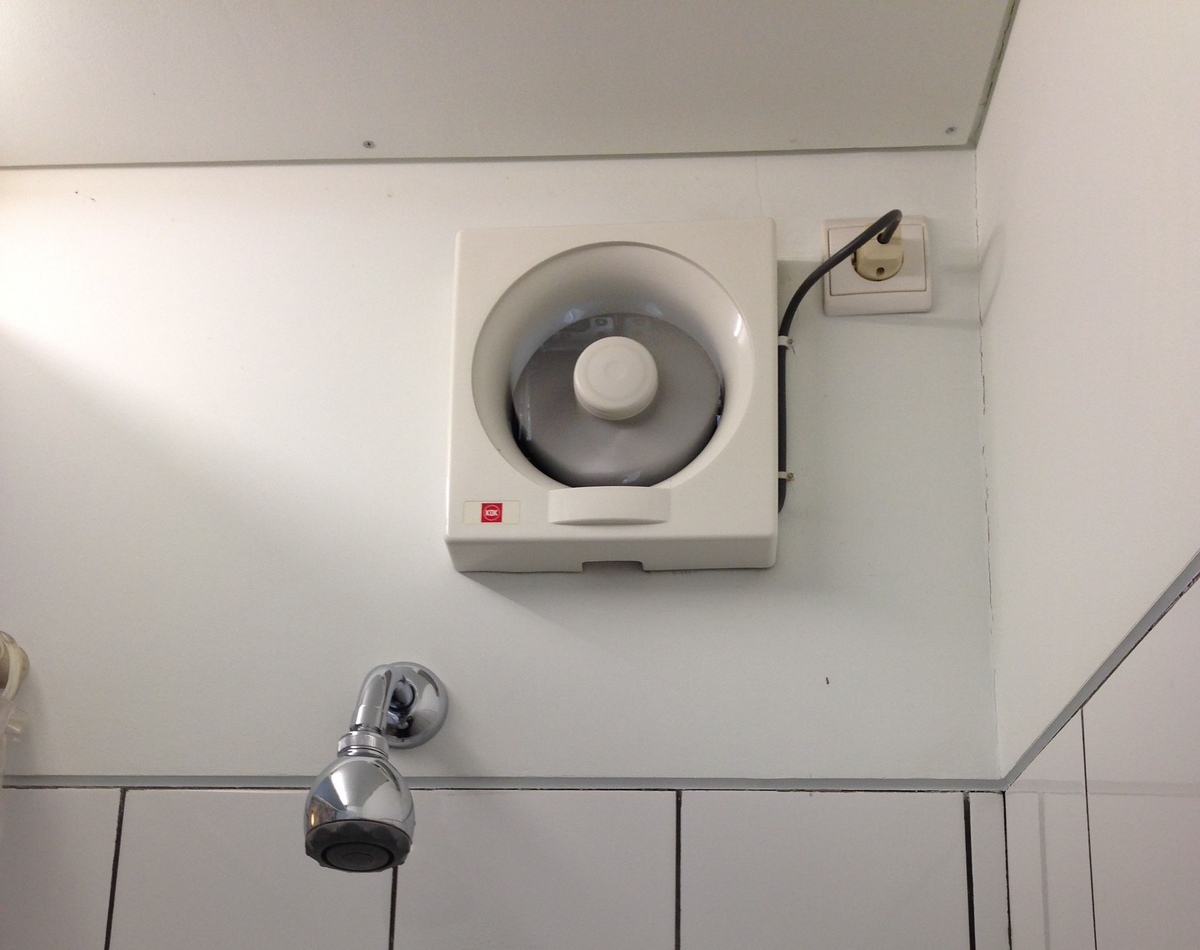

Bathroom Accessories
How Long Should You Leave An Exhaust Fan On After Shower
Modified: February 28, 2024
Discover the ideal duration for running your bathroom exhaust fan after a shower. Learn how to optimize your bathroom accessories for maximum effectiveness.
(Many of the links in this article redirect to a specific reviewed product. Your purchase of these products through affiliate links helps to generate commission for Storables.com, at no extra cost. Learn more)
Introduction
After enjoying a refreshing and invigorating shower, many of us are guilty of hastily exiting the bathroom, leaving behind a cloud of steam and moisture. However, this seemingly innocuous act can have detrimental effects on the bathroom environment, leading to mold growth, peeling paint, and even structural damage. The solution to this predicament lies in the humble yet indispensable bathroom accessory: the exhaust fan.
The exhaust fan, often overlooked and underappreciated, plays a crucial role in maintaining a healthy and functional bathroom space. By expelling excess moisture and odors, it prevents the accumulation of humidity, which can wreak havoc on various surfaces and fixtures. However, the question that often arises is, "How long should you leave an exhaust fan on after a shower?"
In this comprehensive guide, we will delve into the importance of using an exhaust fan after a shower, explore the factors that influence the duration for leaving the fan on, and provide practical tips for maximizing its effectiveness. By the end of this article, you will have a clear understanding of the optimal duration for operating your exhaust fan, ensuring a pristine and well-ventilated bathroom environment for years to come.
Key Takeaways:
- Proper use of an exhaust fan after a shower prevents mold and structural damage in the bathroom. Leaving it on for 20-30 minutes helps expel moisture and odors, but adjust as needed based on bathroom size and humidity levels.
- To maximize the effectiveness of your exhaust fan, consider regular maintenance, extending operation time, using timer controls, and enhancing airflow. These practices help keep your bathroom well-ventilated and free from excess moisture.
Importance of Using an Exhaust Fan After Shower
The aftermath of a hot shower often leaves the bathroom enveloped in a dense fog, with mirrors obscured and surfaces slick with condensation. While this misty ambiance may seem innocuous, it harbors the potential for insidious consequences. Without proper ventilation, the lingering moisture becomes a breeding ground for mold and mildew, which can proliferate on walls, ceilings, and grout lines, posing a threat to both the structural integrity of the bathroom and the health of its occupants.
The exhaust fan emerges as the unsung hero in this scenario, swiftly dissipating the post-shower humidity and odors, thereby averting the onset of mold and mildew. By expelling the moist air to the exterior, the exhaust fan prevents it from permeating the walls and ceilings, where it can trigger peeling paint, warping of wood, and deterioration of drywall. Moreover, the elimination of excess moisture curtails the formation of musty odors, preserving a fresh and hygienic atmosphere within the bathroom.
Beyond safeguarding the physical integrity of the bathroom, the use of an exhaust fan contributes to the overall well-being of the home. By mitigating the accumulation of moisture, it reduces the risk of mold-related respiratory issues and allergies, promoting a healthier indoor environment for inhabitants. Additionally, the prevention of excessive humidity aids in preserving the longevity of bathroom fixtures and accessories, such as cabinets, countertops, and textiles, which are susceptible to deterioration in damp conditions.
In essence, the importance of using an exhaust fan after a shower cannot be overstated. It serves as a proactive measure against the insidious effects of moisture, safeguarding the structural integrity of the bathroom and the health of its occupants. By incorporating this simple yet indispensable practice into your post-shower routine, you can ensure a pristine and well-ventilated bathroom environment, free from the perils of excess humidity and its attendant consequences.
Factors to Consider When Determining How Long to Leave the Exhaust Fan On
When determining the optimal duration for leaving the exhaust fan on after a shower, several factors come into play, each exerting a distinct influence on the ventilation requirements of the bathroom. Understanding these factors is essential for tailoring the operation of the exhaust fan to suit the specific conditions and needs of your bathroom space.
-
Bathroom Size: The size of the bathroom directly impacts the duration for which the exhaust fan should be left running. Larger bathrooms necessitate a longer ventilation period to effectively expel the accumulated moisture and odors. Conversely, smaller bathrooms may require a relatively shorter duration for the exhaust fan to fulfill its ventilation function.
-
Humidity Level: The prevailing humidity level in the bathroom serves as a crucial determinant in gauging the duration for operating the exhaust fan. If the air remains heavily laden with moisture post-shower, an extended fan operation may be warranted to achieve thorough ventilation and moisture removal.
-
Shower Duration and Temperature: The duration and temperature of the shower directly influence the amount of steam and moisture generated. Longer, hotter showers produce a greater volume of steam, necessitating a prolonged operation of the exhaust fan to effectively disperse the resultant moisture.
-
Ventilation Efficiency: The efficiency of the exhaust fan itself plays a pivotal role in determining the duration for which it should be left running. A high-quality, adequately sized fan with robust ventilation capacity may expedite the moisture expulsion process, potentially reducing the required operating duration.
-
External Ventilation: The presence of external ventilation, such as windows or additional ventilation systems, can impact the duration for which the exhaust fan needs to operate. Adequate external ventilation may complement the exhaust fan's function, expediting the dissipation of moisture and reducing the requisite fan operation time.
-
Bathroom Layout and Obstructions: The layout of the bathroom, including the presence of obstructions that impede airflow, can influence the effectiveness of the exhaust fan. Ensuring unobstructed airflow paths and strategically positioning the fan in relation to the shower area can optimize its performance, potentially affecting the duration for which it needs to remain operational.
By taking these factors into account, you can make informed decisions regarding the duration for which the exhaust fan should be left on after a shower. Tailoring the fan operation to suit the specific characteristics of your bathroom environment ensures efficient moisture expulsion, mitigating the risks associated with excess humidity and fostering a well-ventilated and hygienic bathroom space.
It is recommended to leave the exhaust fan on for at least 20 minutes after taking a shower to effectively remove excess moisture and prevent mold and mildew growth.
Recommended Duration for Leaving the Exhaust Fan On After Shower
The recommended duration for leaving the exhaust fan on after a shower is a pivotal consideration in maintaining a well-ventilated and moisture-free bathroom environment. While the optimal duration may vary based on individual circumstances and preferences, a general guideline can serve as a starting point for determining the appropriate ventilation period.
In most cases, experts recommend leaving the exhaust fan running for approximately 20 to 30 minutes after completing a shower. This timeframe allows the fan to effectively expel the residual moisture and odors, preventing them from permeating the bathroom surfaces and fixtures. However, it is important to note that this recommendation is contingent upon several factors, including the bathroom size, humidity level, shower duration and temperature, ventilation efficiency, and layout considerations.
For larger bathrooms or those with higher humidity levels, extending the fan operation beyond the standard 30-minute timeframe may be necessary to ensure thorough ventilation. Similarly, if the shower duration was particularly long or the water temperature was elevated, resulting in a substantial generation of steam, a longer fan operation duration may be warranted to adequately disperse the accumulated moisture.
Conversely, in smaller bathrooms with efficient ventilation systems and lower humidity levels, the 20 to 30-minute timeframe may suffice to maintain optimal ventilation post-shower. The key lies in assessing the specific conditions of the bathroom and adjusting the fan operation duration accordingly to achieve comprehensive moisture expulsion.
It is important to emphasize the role of observation and adaptation in determining the ideal duration for leaving the exhaust fan on after a shower. Monitoring the post-shower humidity levels, assessing the effectiveness of the fan in expelling moisture, and gauging the impact on surfaces and fixtures can provide valuable insights for refining the ventilation duration. By remaining attentive to these indicators, homeowners can fine-tune the exhaust fan operation to align with the unique requirements of their bathroom space.
Ultimately, the recommended duration for leaving the exhaust fan on after a shower serves as a flexible guideline, subject to customization based on the specific characteristics and needs of the bathroom. By considering the aforementioned factors and exercising discernment in tailoring the fan operation duration, individuals can uphold a consistently well-ventilated and moisture-controlled bathroom environment, mitigating the risks associated with excess humidity and fostering a hygienic and enduring space.
Tips for Maximizing the Effectiveness of Your Exhaust Fan
-
Regular Maintenance: Ensure that your exhaust fan receives regular maintenance to optimize its performance. Clean the fan blades and housing to prevent the accumulation of dust and debris, which can impede airflow and diminish its effectiveness. Additionally, inspect the fan for any signs of wear or malfunction, addressing any issues promptly to sustain its functionality.
-
Use During Shower Preparation: To preemptively mitigate moisture buildup, consider running the exhaust fan during shower preparation. Activating the fan before entering the shower can help preempt the accumulation of steam and moisture, laying the groundwork for more efficient post-shower ventilation.
-
Extend Operation Time: If your bathroom exhibits persistent humidity or experiences prolonged showering sessions, consider extending the operation time of the exhaust fan. Allowing the fan to run for an extended duration post-shower can facilitate comprehensive moisture expulsion, safeguarding the bathroom against the perils of excess humidity.
-
Utilize Timer Controls: Install timer controls for your exhaust fan to automate its operation and optimize ventilation duration. Timer controls enable you to set specific fan operation periods, ensuring consistent and tailored ventilation without the need for manual oversight.
-
Enhance Airflow: Augment the airflow within the bathroom by keeping the bathroom door slightly ajar during and after showering. This practice promotes air circulation, facilitating the exhaust fan's function and expediting the dissipation of moisture and odors.
-
Supplement with Natural Ventilation: Capitalize on natural ventilation by opening windows or utilizing additional ventilation systems in conjunction with the exhaust fan. This collaborative approach enhances airflow and accelerates the expulsion of moisture, fortifying the overall ventilation efficacy.
-
Invest in High-Quality Fans: Consider investing in high-quality exhaust fans with robust ventilation capacity and energy-efficient features. Upgrading to a superior exhaust fan can significantly enhance moisture expulsion, bolstering the resilience of your bathroom against the detrimental effects of excess humidity.
-
Monitor Humidity Levels: Employ a hygrometer to monitor the humidity levels within the bathroom. By gauging the moisture content in real-time, you can ascertain the effectiveness of the exhaust fan and adjust its operation duration as needed to maintain optimal ventilation.
-
Positioning Optimization: Ensure that the exhaust fan is strategically positioned to maximize its ventilation reach. Positioning the fan in close proximity to the shower area and ensuring unobstructed airflow paths can optimize its moisture expulsion capabilities, enhancing its overall effectiveness.
By implementing these tips, you can elevate the effectiveness of your exhaust fan, fortifying your bathroom against the perils of excess moisture and fostering a consistently well-ventilated and hygienic environment.
Conclusion
In conclusion, the proper utilization of an exhaust fan after a shower is paramount in preserving the integrity and hygiene of the bathroom environment. By expelling excess moisture and odors, the exhaust fan serves as a stalwart guardian against the perils of humidity, thwarting the insidious onset of mold, mildew, and structural deterioration. The question of how long to leave an exhaust fan on after a shower is contingent upon a myriad of factors, including bathroom size, humidity levels, shower duration and temperature, ventilation efficiency, and layout considerations. Understanding and accommodating these factors are pivotal in tailoring the operation of the exhaust fan to suit the specific requirements of the bathroom space.
The recommended duration for leaving the exhaust fan on after a shower typically ranges from 20 to 30 minutes, providing ample time for comprehensive moisture expulsion. However, this timeframe is subject to customization based on individual circumstances, necessitating a discerning approach to ventilation duration. By observing post-shower humidity levels, assessing the effectiveness of the exhaust fan, and adapting the operation duration accordingly, homeowners can uphold a consistently well-ventilated and moisture-controlled bathroom environment.
Moreover, implementing proactive measures, such as regular maintenance, strategic positioning, and supplemental natural ventilation, can augment the effectiveness of the exhaust fan, fortifying the bathroom against the detrimental effects of excess moisture. By embracing these practices and exercising discernment in tailoring the operation of the exhaust fan, individuals can safeguard their bathroom against the insidious consequences of humidity, preserving a pristine and enduring space for years to come.
In essence, the judicious utilization of an exhaust fan after a shower transcends mere ventilation; it embodies a proactive stance against the encroachment of moisture-related perils, safeguarding the structural integrity, hygiene, and longevity of the bathroom environment. By integrating the insights and recommendations presented in this guide, individuals can embark on a journey towards maintaining a consistently well-ventilated, moisture-free, and hygienic bathroom space, free from the detrimental effects of excess humidity.
Frequently Asked Questions about How Long Should You Leave An Exhaust Fan On After Shower
Was this page helpful?
At Storables.com, we guarantee accurate and reliable information. Our content, validated by Expert Board Contributors, is crafted following stringent Editorial Policies. We're committed to providing you with well-researched, expert-backed insights for all your informational needs.
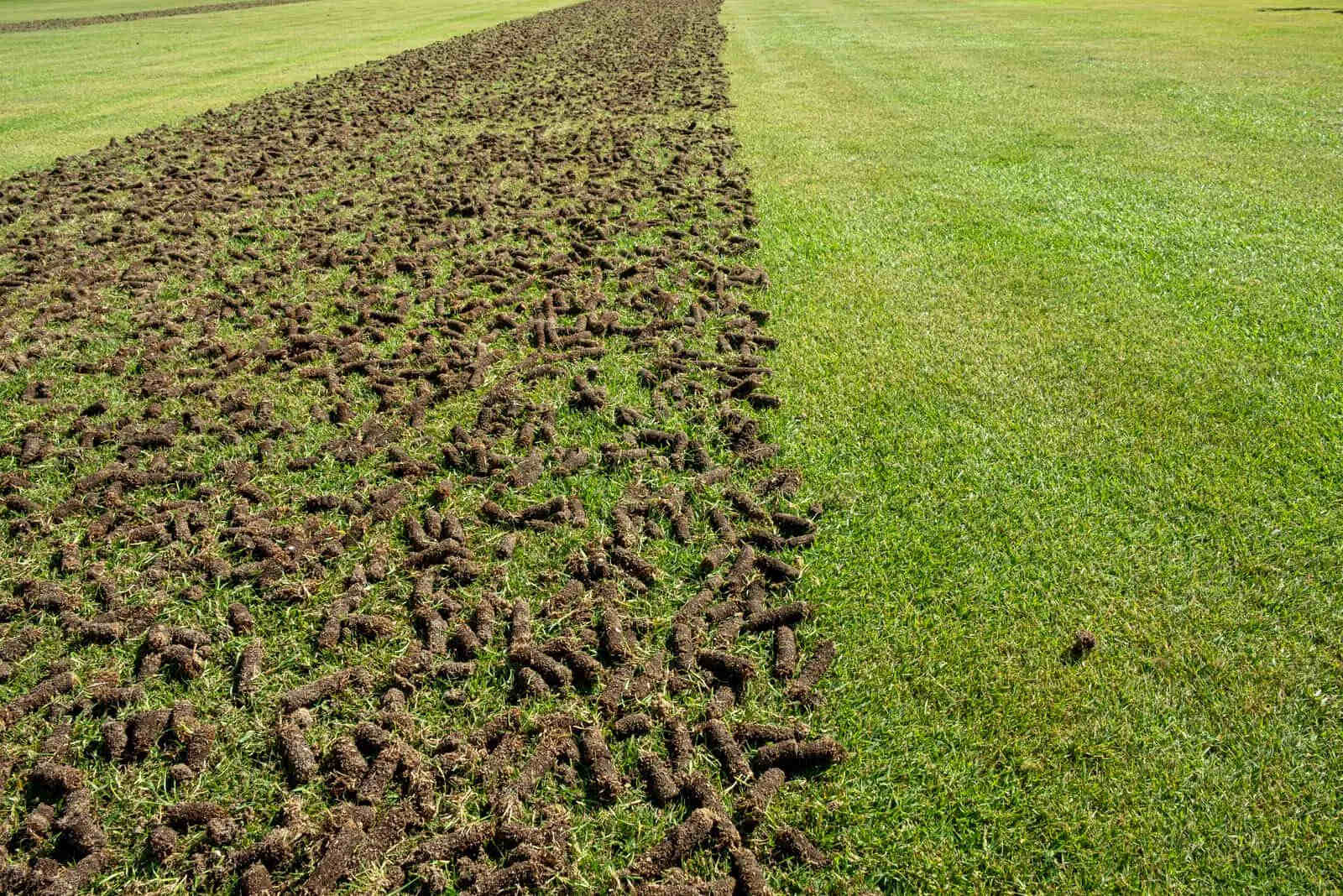
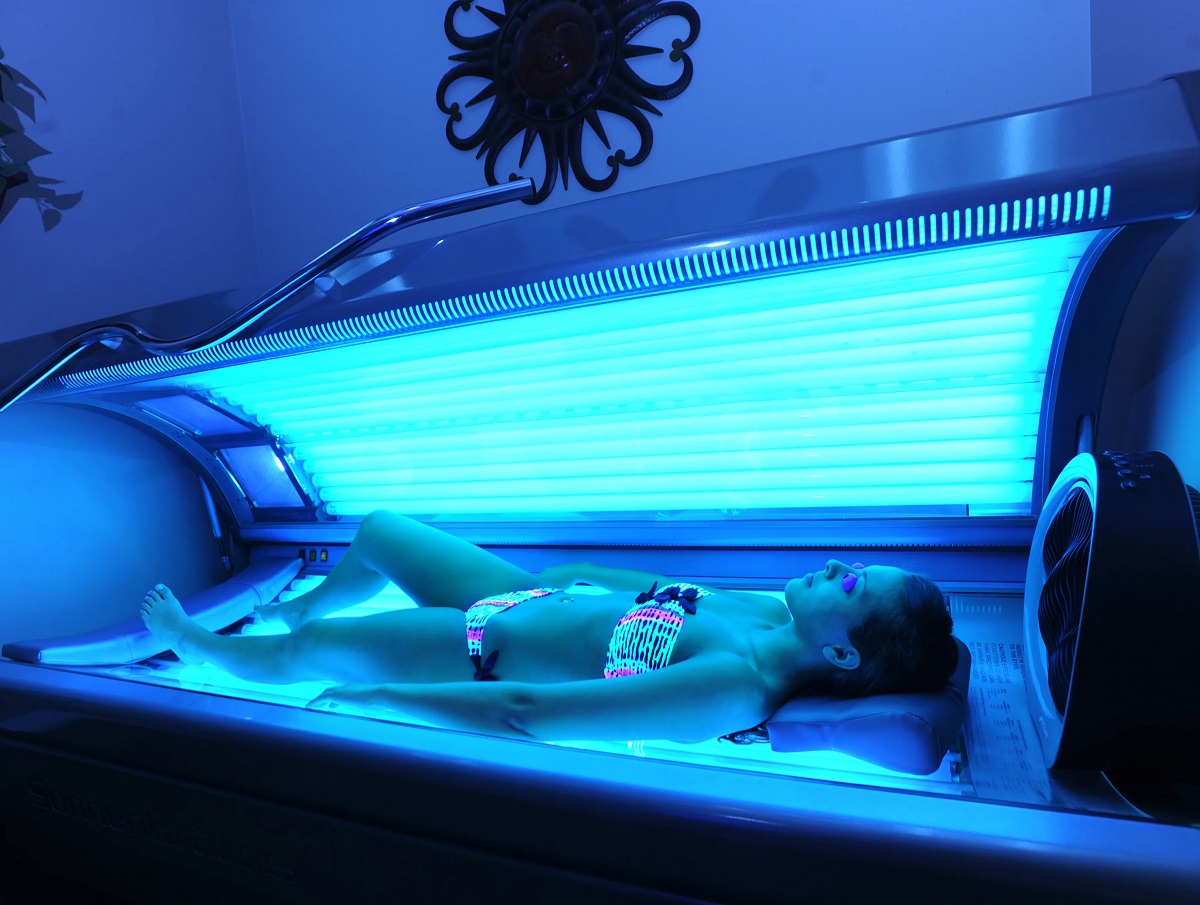
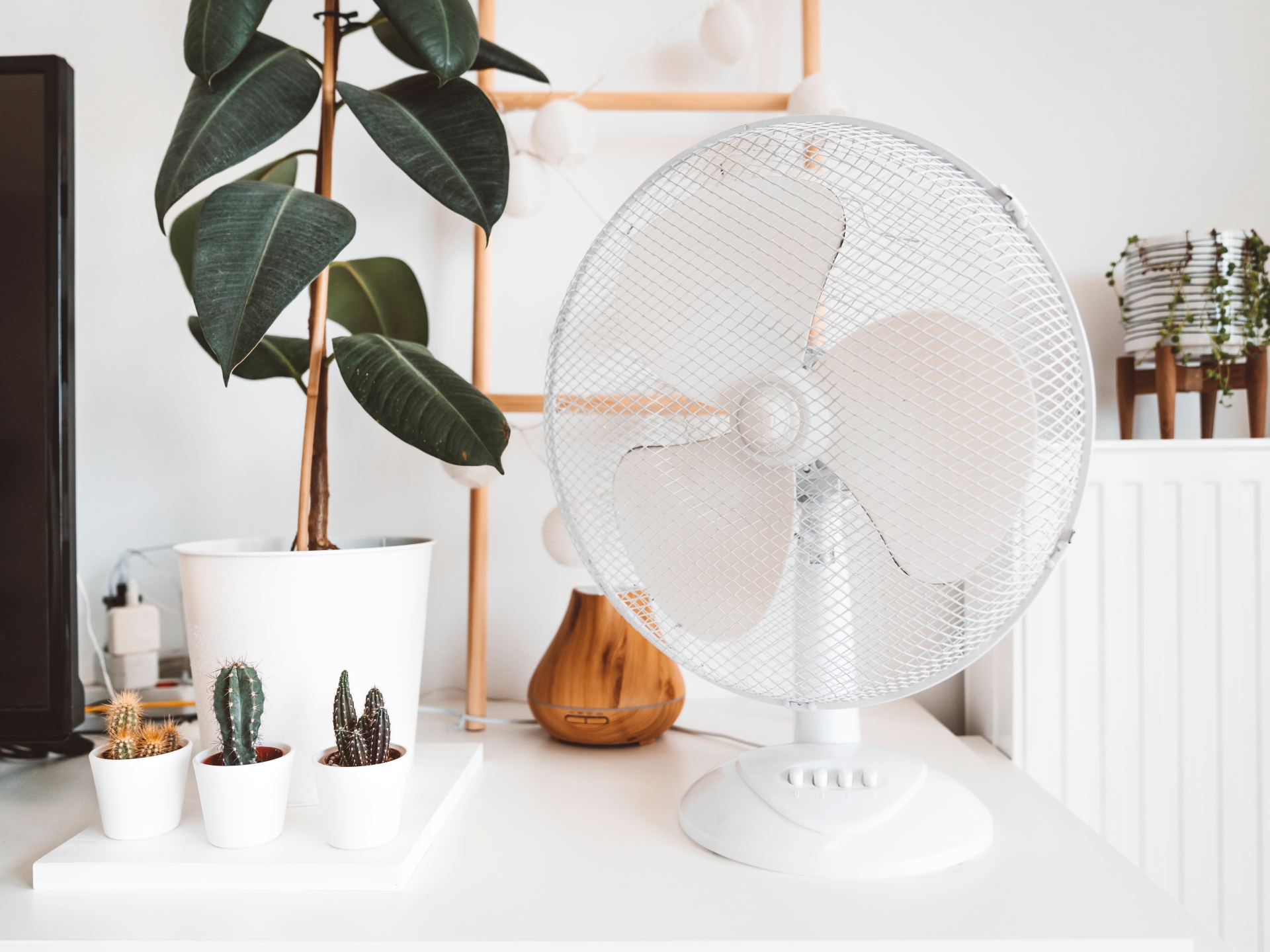
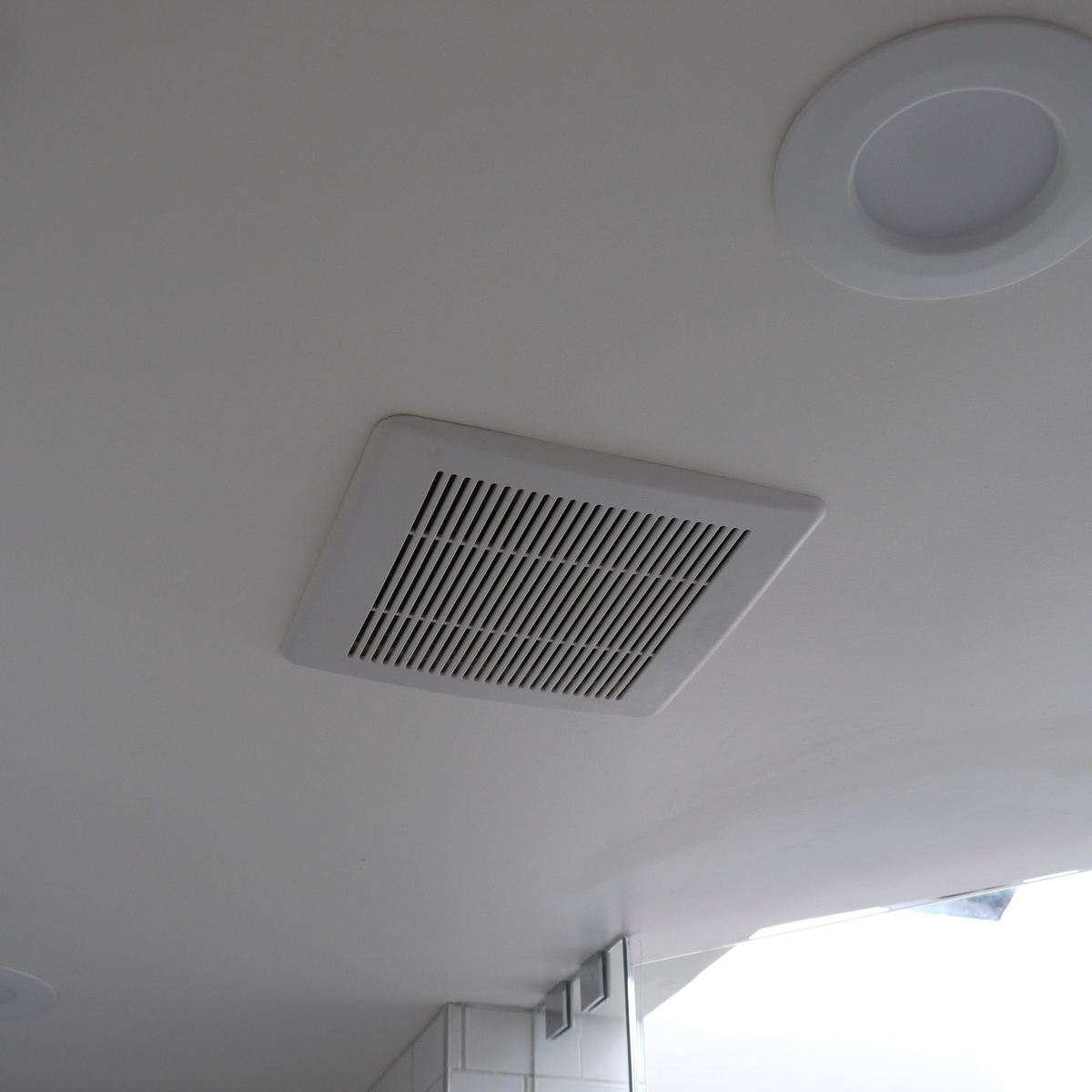
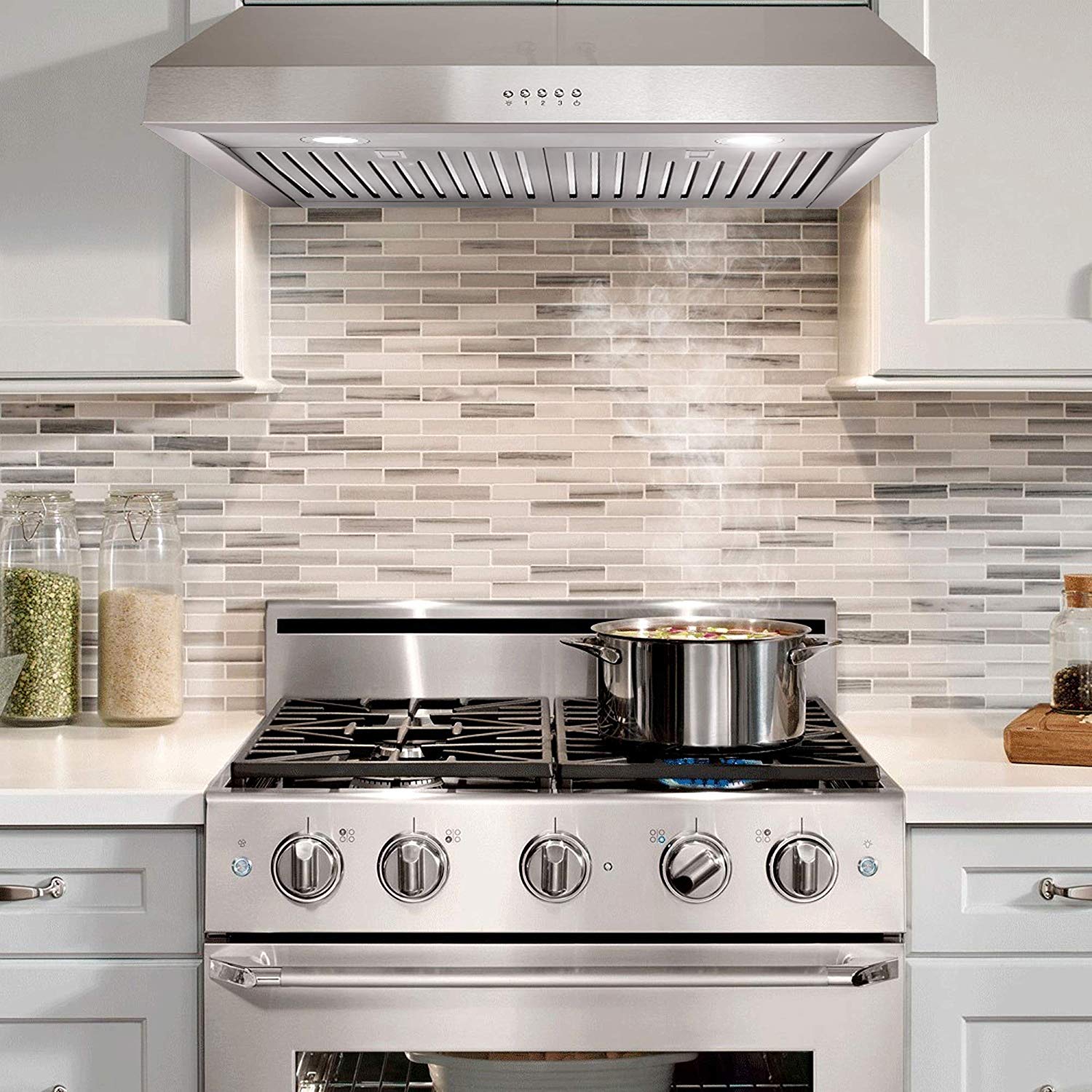
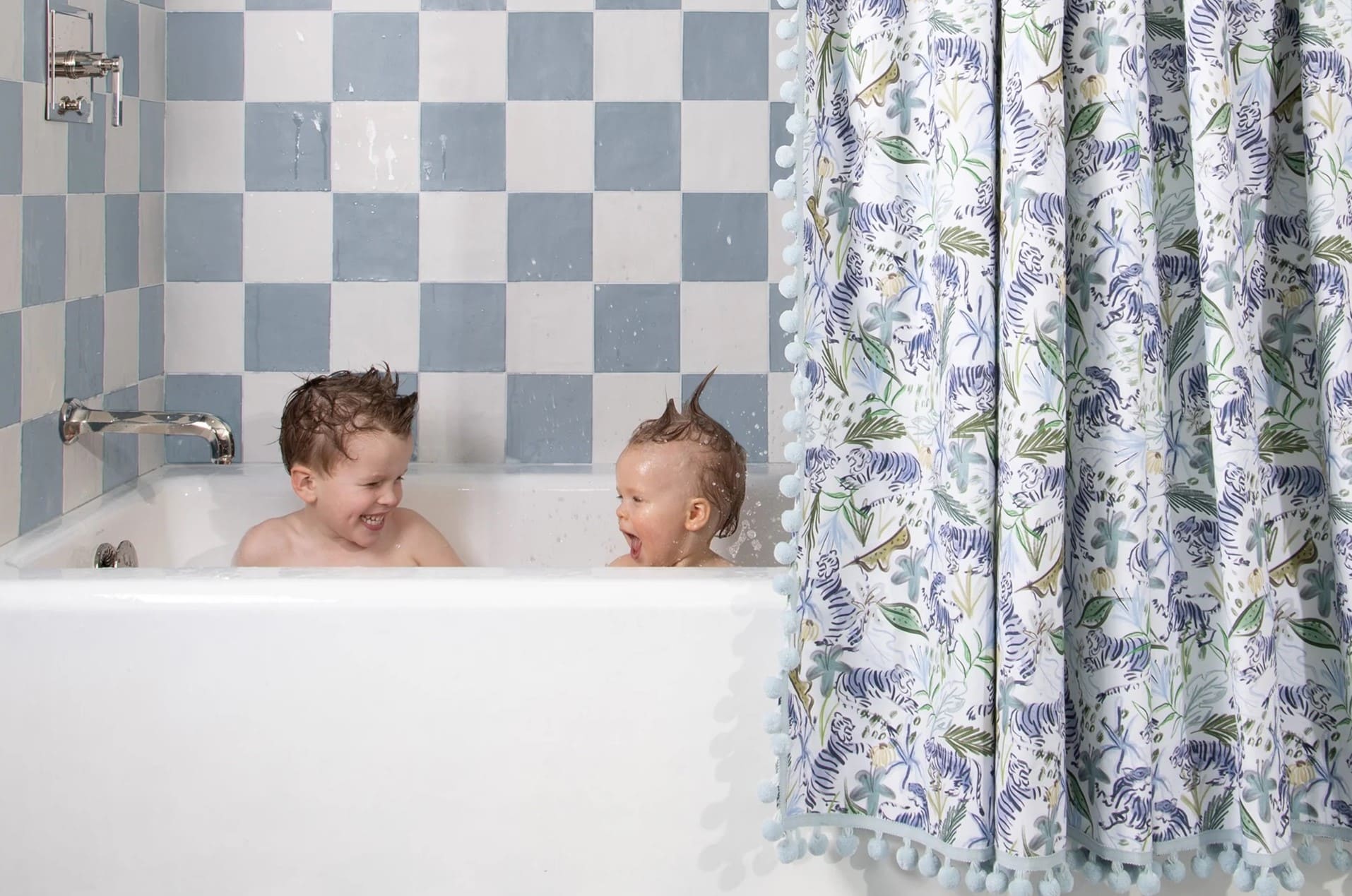
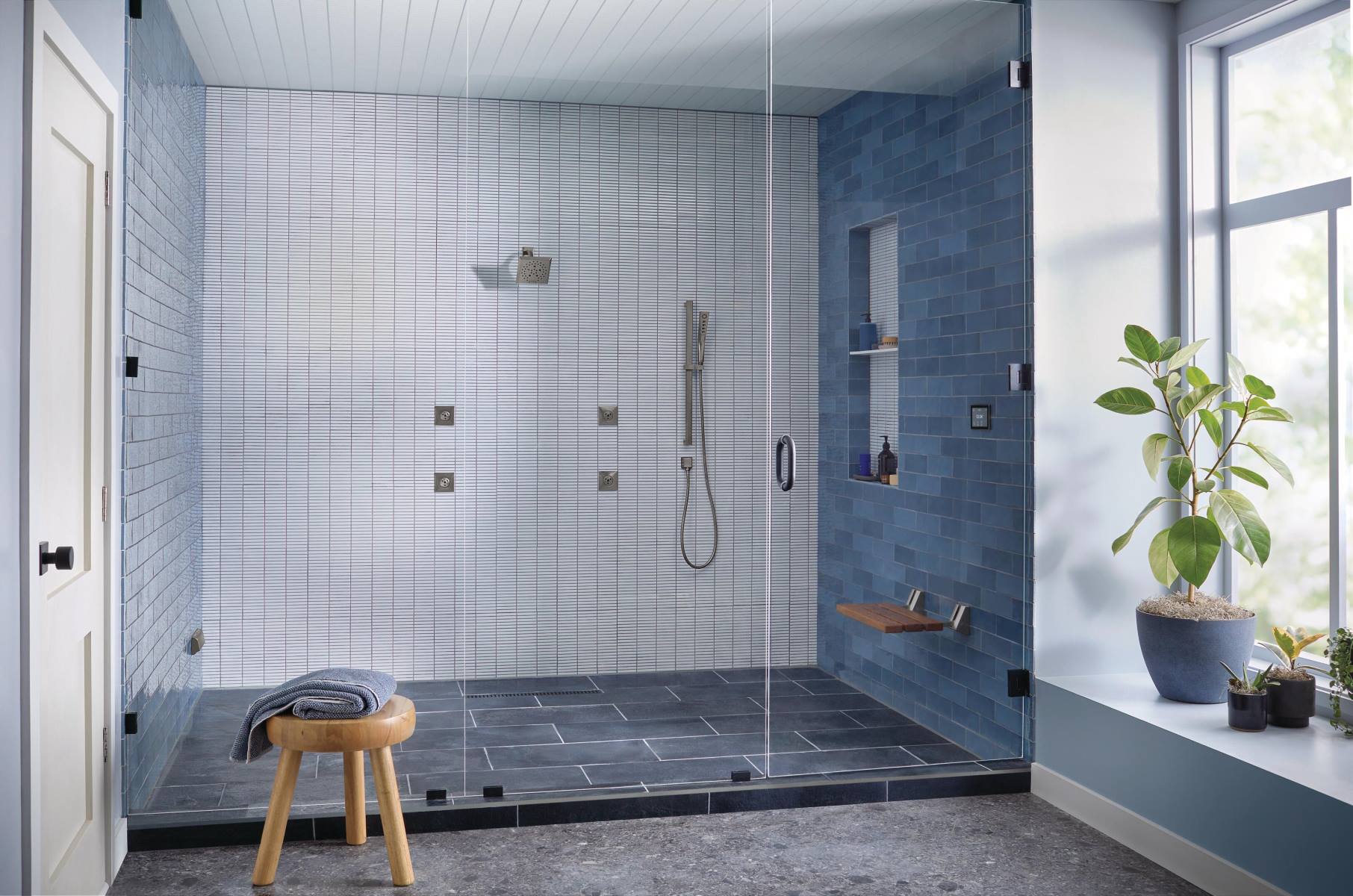
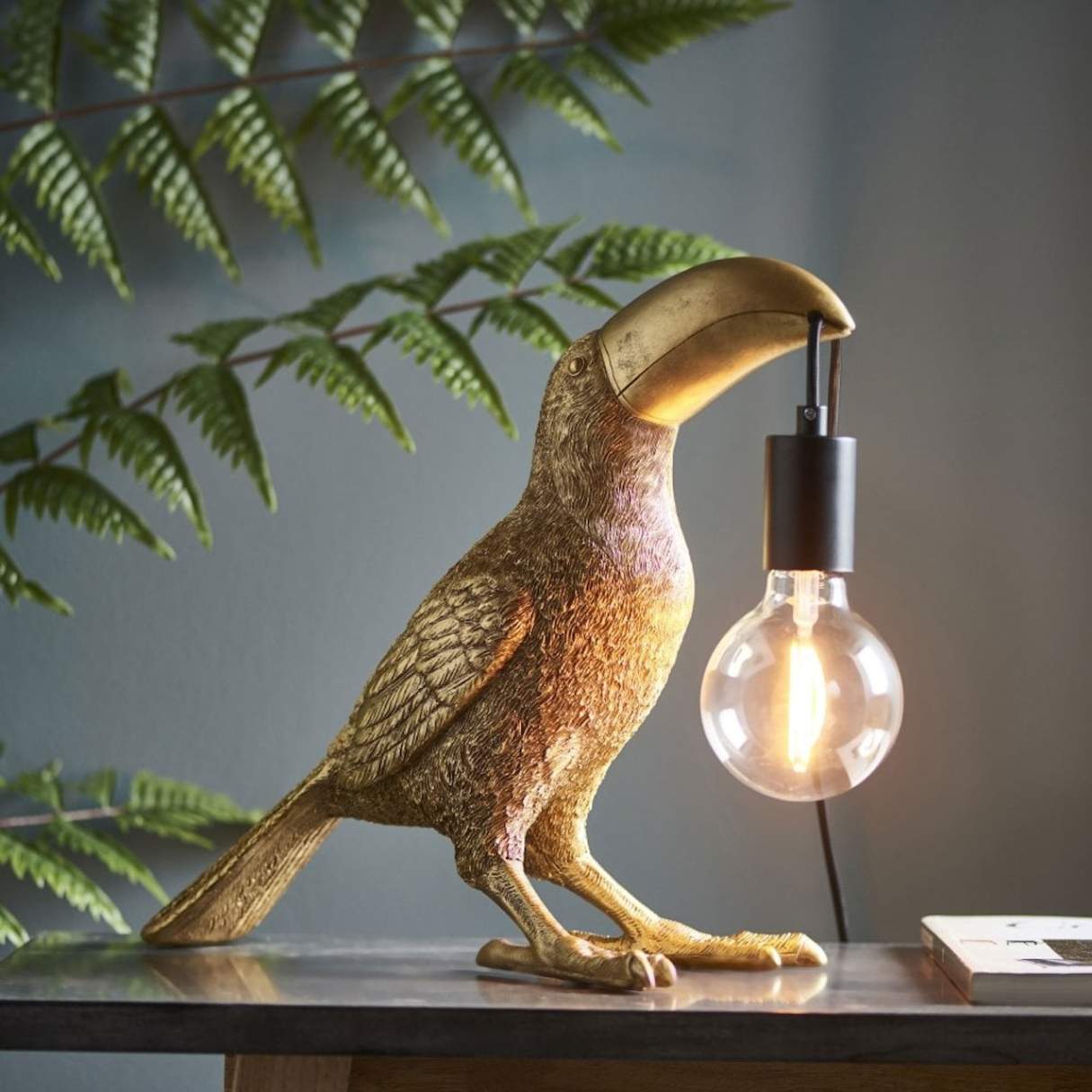
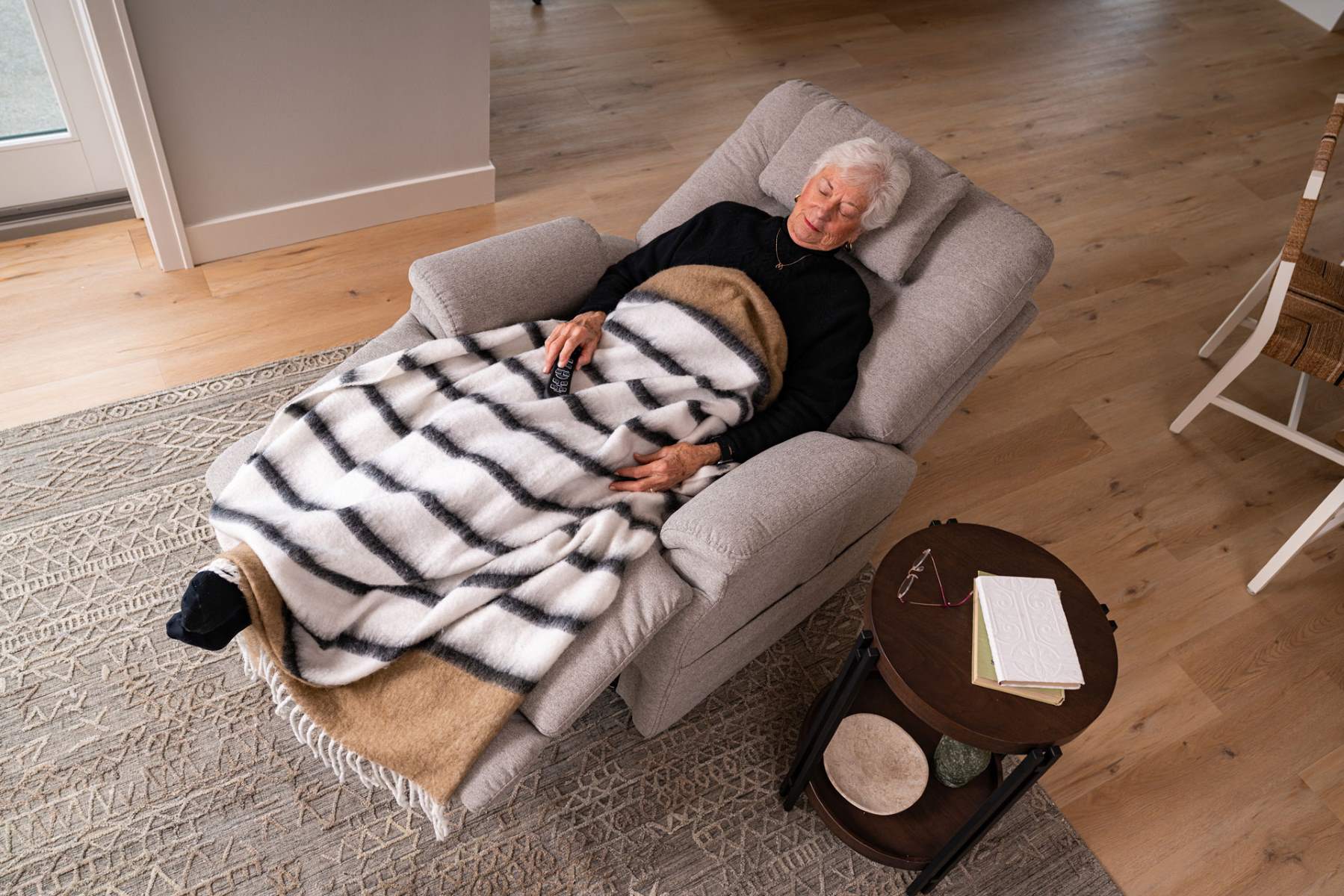
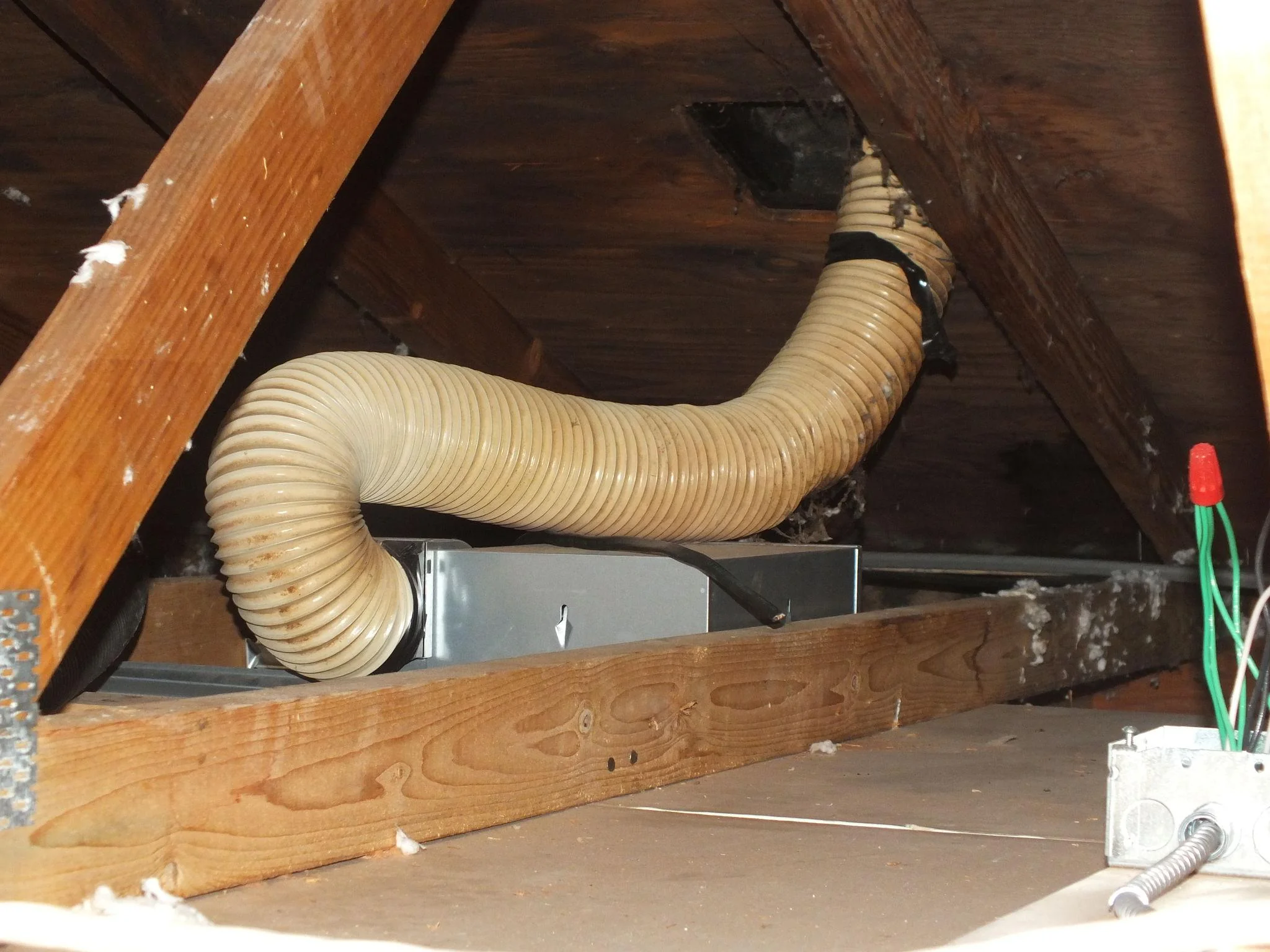
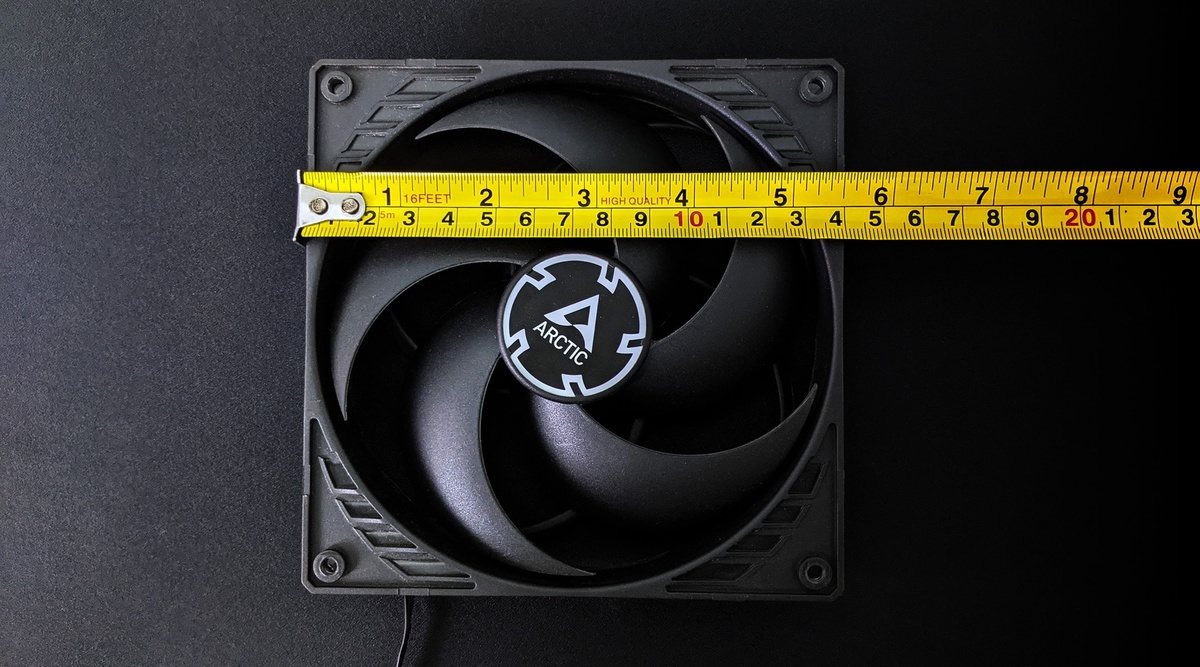
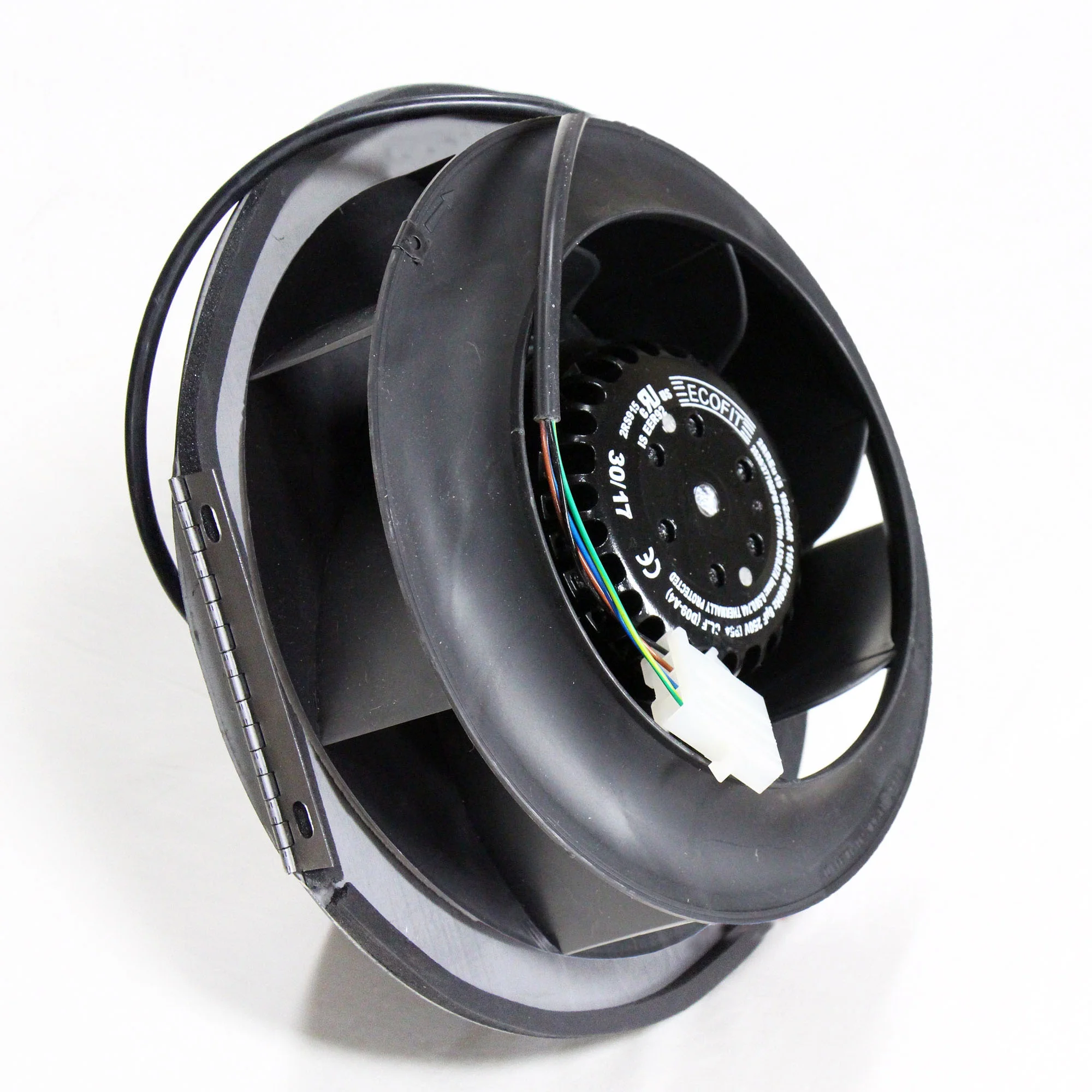
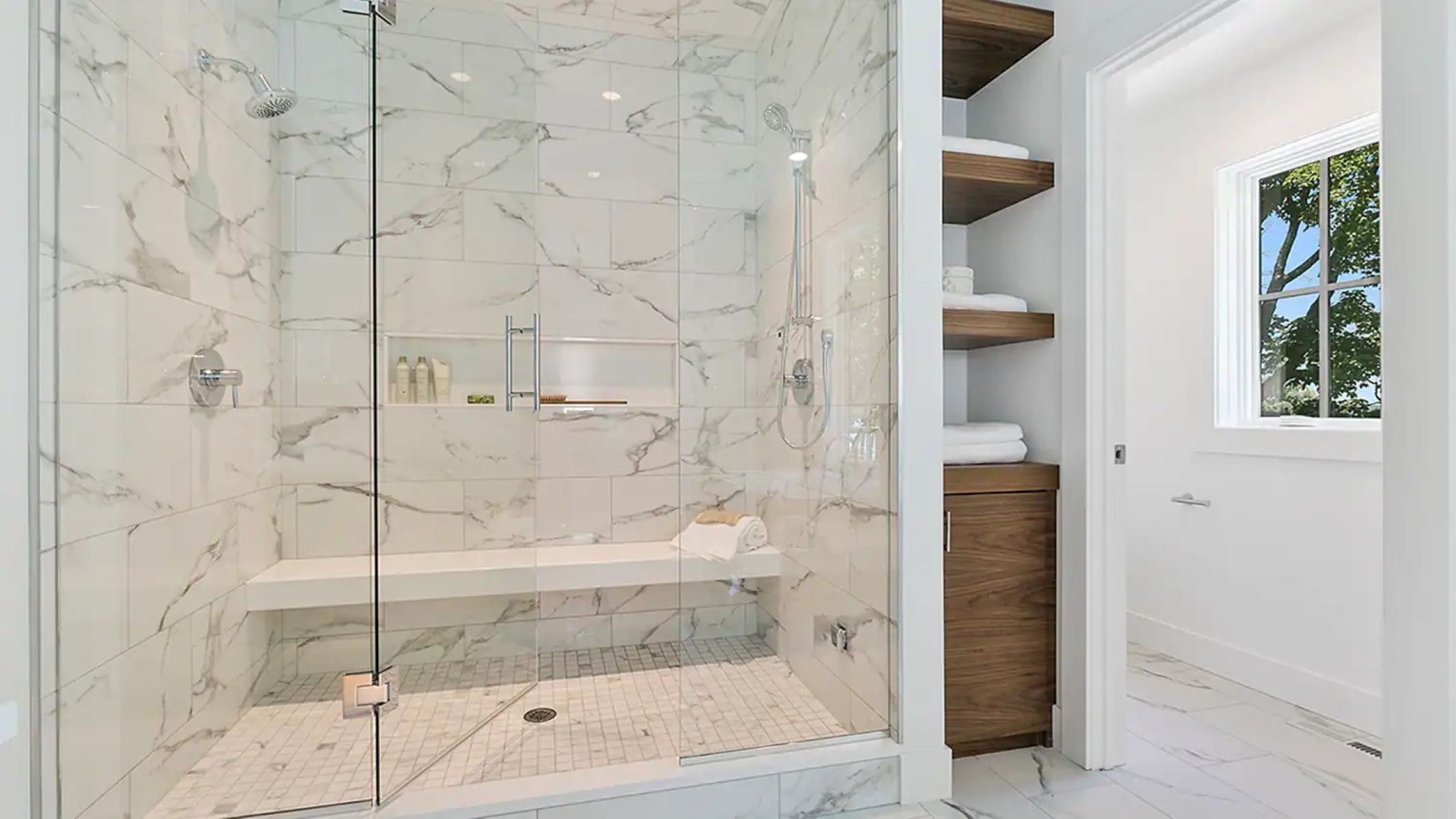
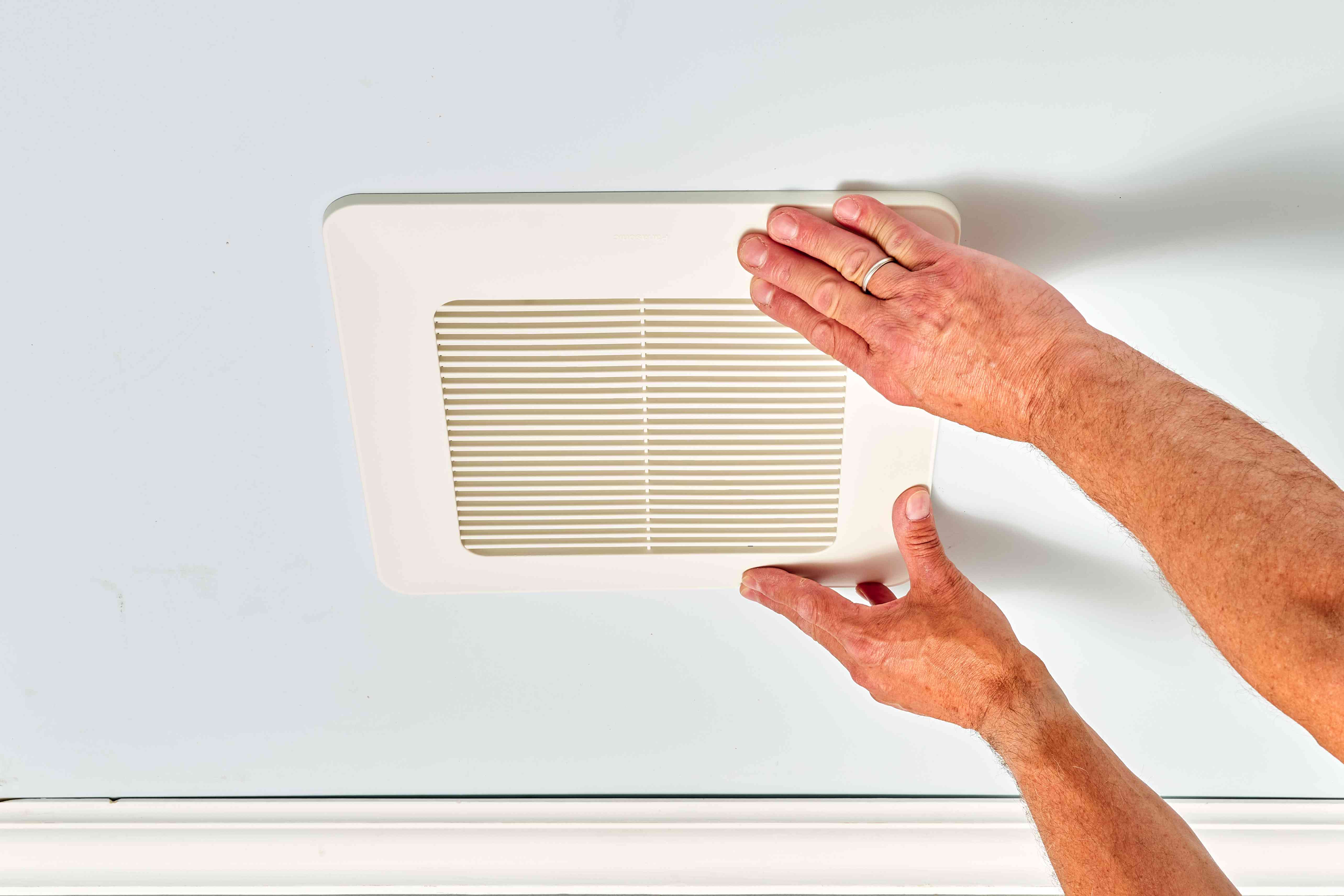

0 thoughts on “How Long Should You Leave An Exhaust Fan On After Shower”